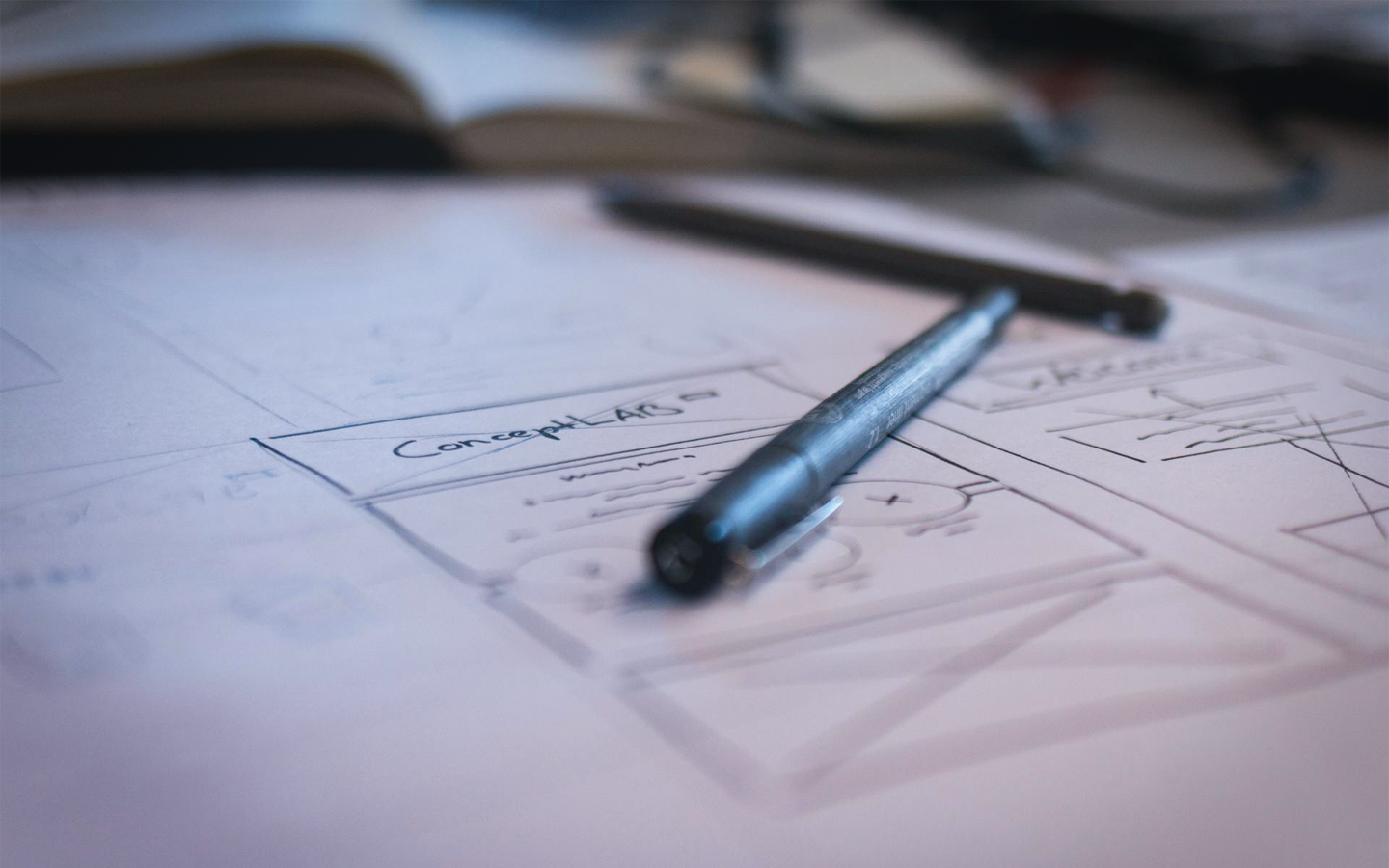From Concept to Creation How Laser Cutting Supports Prototyping
Current technology is increasingly transforming the way we design, test and implement new ideas. In an era of fast-paced industry and ever-shorter product launch cycles, the precision, speed and flexibility of manufacturing processes play a key role. One technology that has gained particular importance in the prototyping process is laser cutting. The use of laser cutting for prototyping has therefore become indispensable for designers, engineers and manufacturers, enabling the creation of accurate and advanced prototypes at every stage of production.
What is laser cutting?
Laser cutting is nothing more than a material processing technique that uses a concentrated beam of light to precisely cut, drill and engrave a variety of materials, such as metal, wood, plastic, glass and even fabric. The high-powered laser beam melts or burns the material, and an auxiliary gas (usually oxygen or nitrogen) removes the resulting debris, leaving a precisely cut shape.
In the context of prototyping, laser cutting allows the rapid and accurate creation of components that can then be tested, modified and refined. This means that ideas can be easily transferred from the concept phase to real products in a short space of time, which is crucial for companies working on new solutions.
Why is laser cutting for prototyping so important?
Prototyping is a key stage in the manufacturing process that allows ideas to be tested and refined before full production begins. Today’s manufacturing technologies have to meet increasingly high expectations of precision and speed in the execution of projects. This is why laser cutting for prototyping has become so popular.
1. Precision and accuracy
Laser cutting offers incredible precision that is difficult to achieve with traditional machining methods. The laser beam is so thin that it allows intricate shapes to be cut with microscopic detail, which is invaluable for prototyping products with complex geometries. This allows designers to create models that perfectly replicate the final product, minimising the risk of errors during subsequent production.
2. Speed of implementation
Time plays a key role in the process of bringing new products to market. Laser cutting for prototyping significantly reduces the lead time of projects, eliminating the need for long waits for moulds or dies to be made. A prototype can be created in a matter of hours or days, allowing for rapid testing and possible modifications. This approach allows companies to respond rapidly to changing market needs.
3. Material versatility
One of the biggest advantages of laser cutting is its versatility in processing different materials. Laser cutting for prototyping can be applied to both metals and non-metallic materials such as plastics, wood and composites. This gives designers complete freedom to choose the materials that best suit their needs. This means that different material options can be easily tested before the final choice is decided.
4. Low cost and waste minimisation
Traditional methods of prototype production, such as milling or stamping, often involve high costs, especially for small batch production. Laser cutting is much more cost-effective, as it does not require the creation of moulds and the cutting process is fast and waste-free. In addition, thanks to the precise cutting technology, material waste is minimal, which has a positive impact on production costs and the environment.
Laser cutting for prototyping is used in many different industries, from automotive to electronics, medicine or fashion. Here are some examples:
- Automotive - engineers designing new body components or car interiors can quickly test their ideas by creating precise models of parts using a laser. This allows changes to be made quickly and the aerodynamics and strength of components to be tested.
- Electronics - in the electronics industry, laser cutting allows the creation of complex enclosures and components that must meet high precision requirements, such as PCBs or microcircuit components.
- Medicine - laser cutting is widely used in the prototyping of surgical instruments, implants and prostheses. The precision of this technology is crucial in creating components that must fit perfectly into the patient's body.
- Fashion and design - fashion designers are increasingly using laser technology to create original designs on fabrics or accessories, as well as to test new ideas at short notice.
Photo by Thijs van der Weide: https://www.pexels.com/photo/close-up-photography-of-black-pen-1029577/



